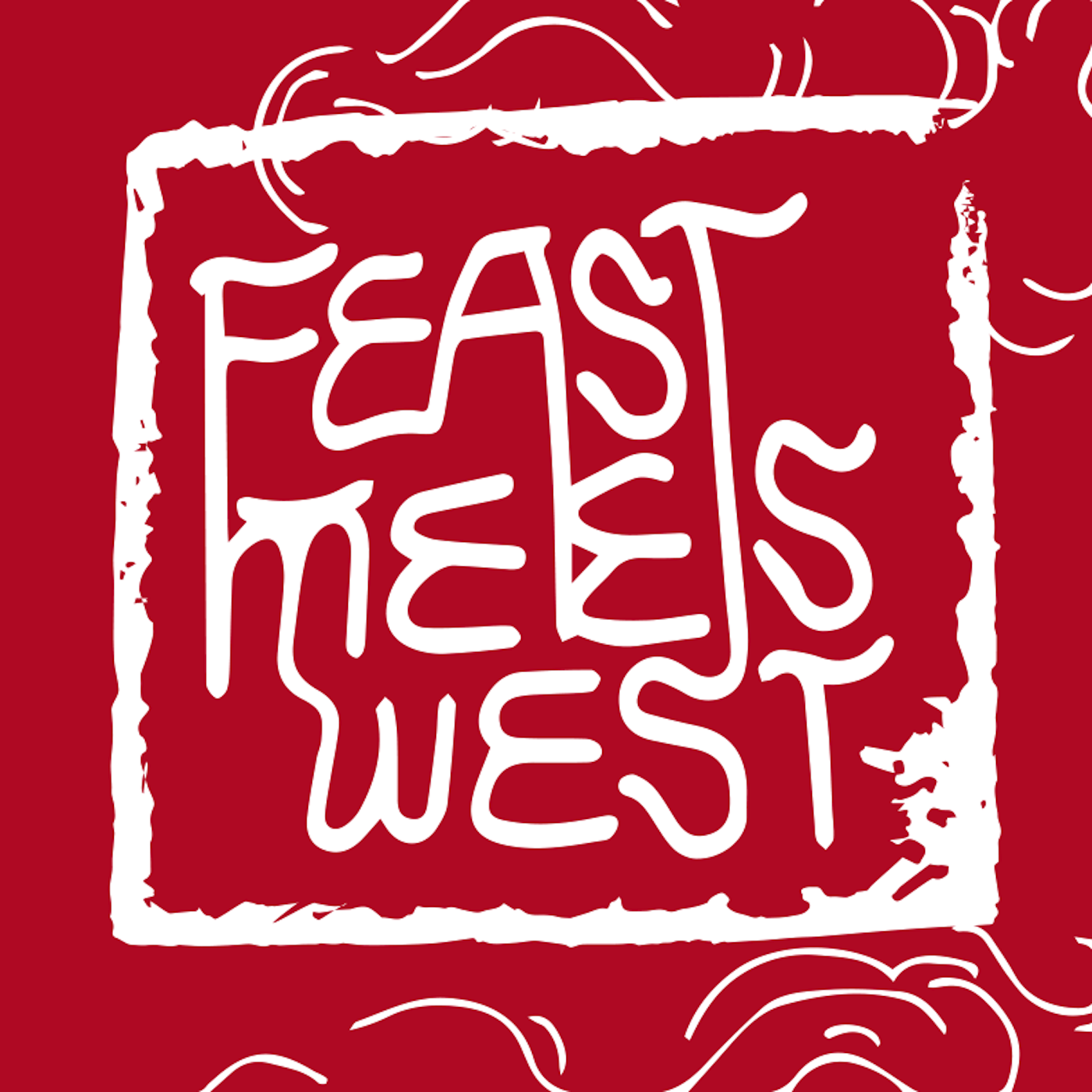Episode 62: A Cultural and Culinary History of Chopsticks
Photo credit: William Roger Mendez
To kick off 2019, we brought on our first historian. Professor Q. Edward Wang wrote the first comprehensive book in English on the cultural and culinary history of chopsticks. In “Chopsticks: A Cultural and Culinary History”, Edward charts their evolution from a simple eating implement to their status as a more complex, cultural symbol today. Over one and a half billion people use chopsticks as their primary eating utensil. Edward joins us to share his insights on the origin of the chopsticks, the intra-Asian differences within the “chopsticks cultural sphere”, and their global appeal.
The first bone sticks identified as chopsticks were found in Northern China, 6000-5000 B.C. Edward surmises that these sticks were mostly used for cooking; a long history of transformation took place for chopsticks to become indispensable eating utensils across East Asia. We talk about key milestones, like dietary changes, and the influence of the Tang dynasty, during which China exerted its influence on surrounding regions including Vietnam, Japan, Korea and beyond. However, the chopsticks appear different in length, shape, placement, materials in each country. Check out this video for some further insight.
We also get into the etiquette and taboos of using chopsticks. Don’t drop food. Don’t mine the food in the plate. Don’t pick something up then put it back. It’s common sense oriented around eating neatly and hygiene. But also, don’t stick your chopsticks vertically in the bowl as it can symbolize death. This led us to discuss how chopsticks have made their way into cultural symbols.
Historically, the very origin of chopsticks may also have to do with sacred ceremonies because people didn’t want to use their hands to transport food. Compared to other utensils, chopsticks are unique because they come in a pair, and are so straight they’ve become a symbol for moral integrity.
“Chopsticks have to be used in a pair, they cannot be separated … Even though man and wife are different, you should treat each other with equal respect. Chopsticks have to be in equal length to work together.”
We can credit the popularity of Chinese takeout, paired with the Japanese invention of the disposable chopsticks, for expanding chopsticks usage to the Western hemisphere. Edward believes that as more people pick up chopsticks to eat in a growing number of Asian restaurants worldwide, the chopsticks cultural sphere continues to grow, day by day.
“They never violate the foodstuff: either they gradually unravel it or else prod it into separate pieces, thereby rediscovering the natural fissures of the substance. Finally, and this is perhaps their loveliest function, the chopsticks transfer the food either crossed like two hands, they slide under the clump of rice and raise it to the diner’s mouth. The fish seller who skins the still-living eel for us exorcises once and for all, in a preliminary sacrifice, the murder of food. By chopsticks, food becomes no longer a prey to which one does violence (meat, flesh over which ones does battle), but a substance harmoniously transferred.”
- Musings from Roland Barthes, the French philosopher, on chopsticks



